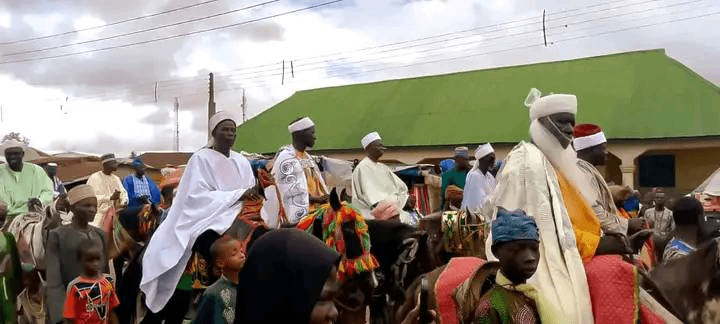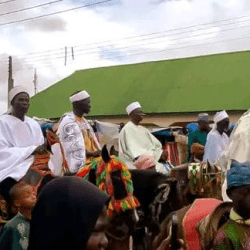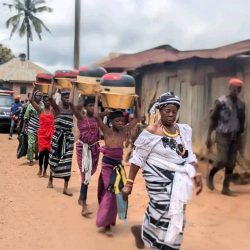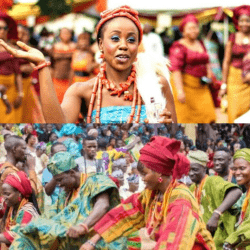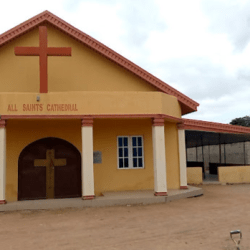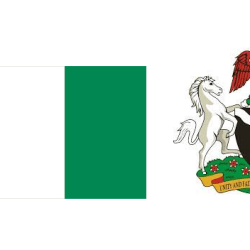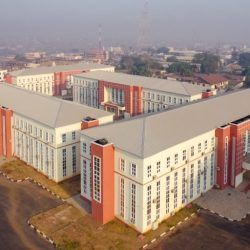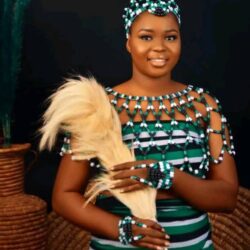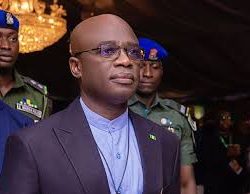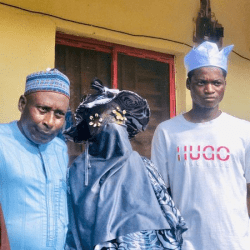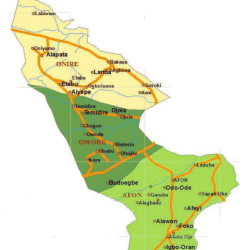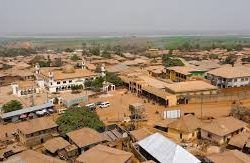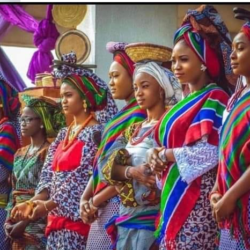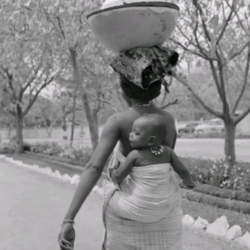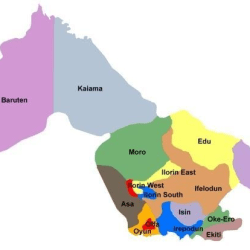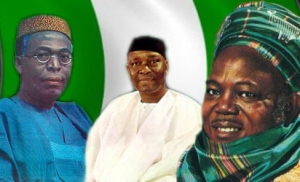The Bokobaru people represent a unique ethnic and linguistic group within Nigeria, with distinct cultural practices and historical backgrounds that reflect their interactions with surrounding communities. Their language, Zogben, serves as an essential marker of their identity, highlighting both social stratification and the impact of historical migrations and relationships in the region.
Geographic and Ethnic Context
- Location: The Bokobaru people inhabit the area around Kaiama in Kwara State, Nigeria, situated between the Niger River and the Benin border.
- Neighbors: Their immediate neighbors include:
- Yoruba (to the south)
- Baatombu (to the west)
- Boko (to the north)
- Busa and Kambari (to the northeast)
- Nupe (to the east)
- The Fulbe are present throughout the Bokobaru area, while the Hausa and Yoruba have long engaged in trade with Bokobaru towns.
Language and Terminology
- Self-Identification: The Bokobaru refer to themselves as Bokobaru and their language as Zogben yan. They are called Boobau by the Boko and Zongben by the Busa.
- Terminology Implications: The term Zogben is associated with ‘peasant’, ‘slave’, or ‘vassal’, and while the Bokobaru do not recognize this meaning, they have burial customs that reflect a distinction between a mare (lord) and zogben (common people).
- Burial Practices:
- Mare Burial: Body laid straight, wrapped in white, buried inside the compound (preferred by Muslims and Christians).
- Zogben Burial: Body curled up, wrapped in black, and buried outside the compound.
- Burial Practices:
Historical Background
- Origins: The name Bokobaru likely derives from either the Boko from Barutem or the early settlers at Beru/Bweru, where the Kaiama kings originated.
- Demographics: According to the 1991 census, the population in the Kaiama Local Government Area (LGA) was approximately 45,900, with estimates suggesting:
- 19,000 Bokobaru
- 16,000 Fulbe
- 8,000 Yoruba
- 2,000 Boko
- Additional presence of Hausa, Zuru, and Igbo communities.
- An estimated 6,000 Bokobaru live in Barutem LGA, bringing the total to around 30,000 today.
Language Characteristics
- Dialects and Linguistic Features: The Bokobaru area comprises around 30 villages and measures about 80 km in both north-south and east-west directions. Kaiama is the principal town, housing about 8,000 residents.
- Linguistic Affiliation:
- The Kaiama dialect shows similarities to Busa, while the village dialect is closer to Boko.
- In the village dialect, medial sounds such as /s, t, k, gb/ tend to weaken to /z, d, g, g/, and internal morphemes /r/ and /n/ may elide.
- Historical Linguistic Change: The separation between Bokobaru and Boko languages is attributed primarily to geographical factors, with historical records suggesting that the principality of Kaiama was once part of Borgu. Over time, interactions between Kaiama and nearby areas led to the adoption of Bussa and Wawa tongues over the original Borgu language.
Cultural Heritage
Cultural Distinction: The historical context indicates that the Bokobaru have a rich cultural identity, distinguished from neighboring groups while having their own royal lineage (the Boko royal clan) that established Kaiama as a royal capital in the late 18th century.
